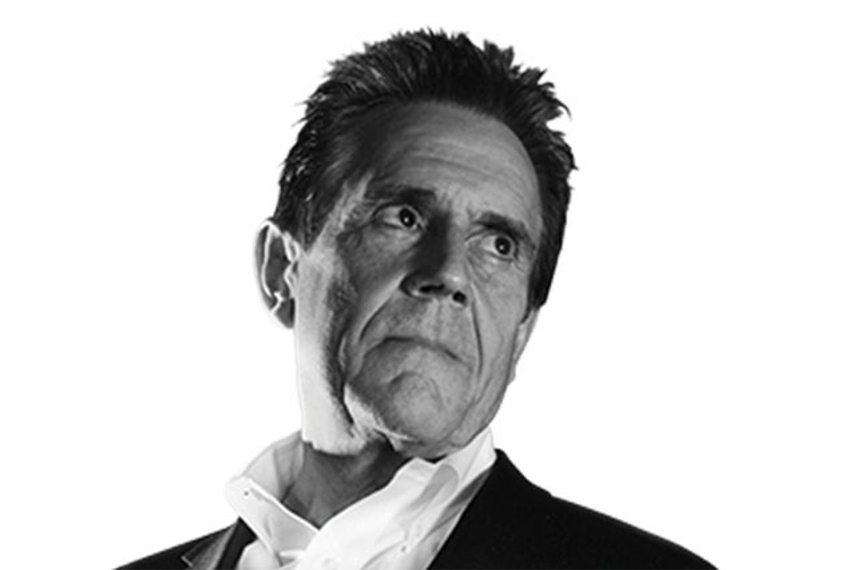
Please sign in or register
Existing users sign in here
Having trouble signing in?
Contact Customer Support at
[email protected]
or call+91 022 69047500
With a heartwarming story, the author explains why the creativity business doesn’t have to be complicated

Contact Customer Support at
[email protected]
or call+91 022 69047500
Top news, insights and analysis every weekday
Sign up for Campaign Bulletins
Astronomer released a humorous video starring Hollywood actor Gwyneth Paltrow in its latest response to the high-profile Coldplaygate saga.
As startup founders want business outcomes, not media impressions, PR Ways’ founder explains why this is forcing PR agencies to rethink value, pricing, and performance models.
The QSR giant taps India’s protein obsession with customisable, veg-friendly burger slices co-starring chef Sanjeev Kapoor.
Ignored by influencer budgets but trusted at the checkout, this cohort is reshaping luxury marketing with discernment, depth, and digital subtlety.